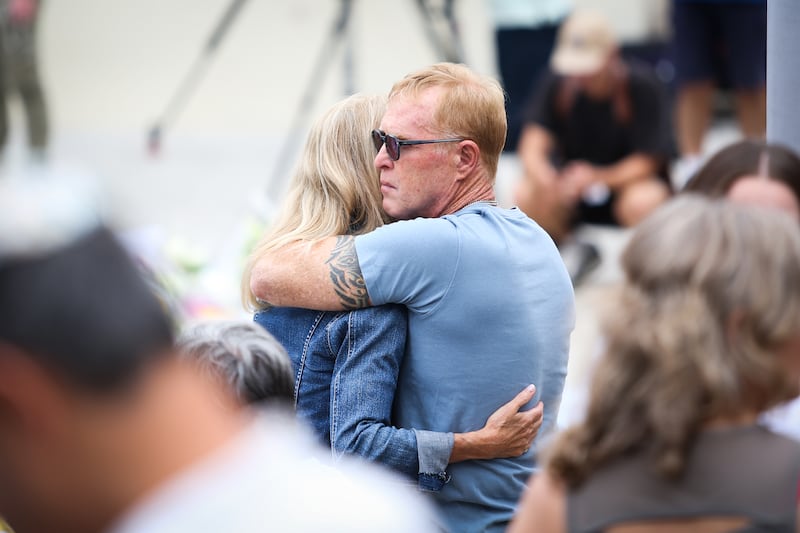Polls to elect 543 MPs for the next five years to India's 16th Lok Sabha, or people's lower house of parliament, are taking place in the world's largest democratic exercise.
There are 814 million eligible voters spread across 28 Indian states and seven federally administered territories, including New Delhi.
Since the last election, in 2009, the number of Indian voters has increased by 97 million.
The victorious party or alternate federal coalition needs a simple majority – 272 MPs – to form the government.
Presidential nominations
Two additional MPs are nominated by the president after the election from the country's 150,000-strong Anglo-Indian community, to eventually make it a 545-member Lok Sabha.
Alongside, the Rajya Sabha, the indirectly elected upper house, has 250 MPs, 12 of whom are nominated by the president for their contribution to art, literature, science and social services. MPs and provincial legislators elect the remaining 238 members, each for a six-year term, a third of whom retire every two years.
An independent election commission supervises all polls in India, conducting the largest logistical exercise of its kind. It monitors electronic voting – in use since 2004 – at 930,000 polling stations and has deployed more than 10 million personnel to ensure smooth and violence-free voting, staggered over nine phases lasting five weeks.
Voting began on April 7th and will end on May 12th. Counting of votes will take place four days later and results will be known on the same day.
For the first time, voting options include a “none of the above” option.
India’s parliamentary constituencies stretch from the Himalayas in the north to dense jungles in the east, the remote desert region of Rajasthan in the west and to the country’s tropical southern tip.
Voting machines needed to be transported across this vast and forbidding terrain by high-altitude porters, elephants, camels and bullock carts months in advance at great risk and expense. A polling station has been specially erected for just one voter in the far-flung Gir forest in western Gujarat state, which is inhabited by lions.
Smallest constituency
The number of voters in each Indian constituency averages about 2.22 million, the largest being the Outer Delhi seat in the capital, which has 3.1 million voters. The smallest constituency, with 37,619 voters, is on the island territory of Lakshadweep off the west coast.
Each polling station deals with no more than 1,500 voters, each of whom has their left forefinger marked with black indelible ink before being allowed to vote.
This mark, to monitor the electoral process and prevent multiple voting, dries within a minute and cannot be chemically removed for several months.




















